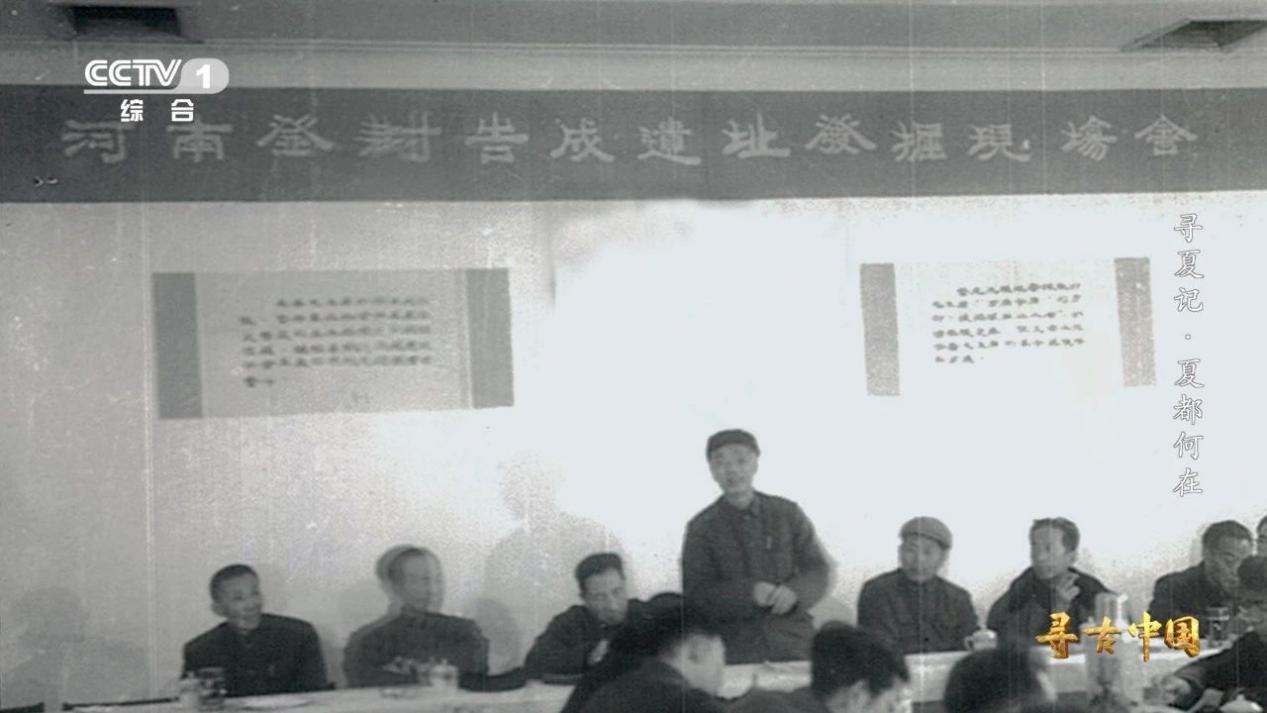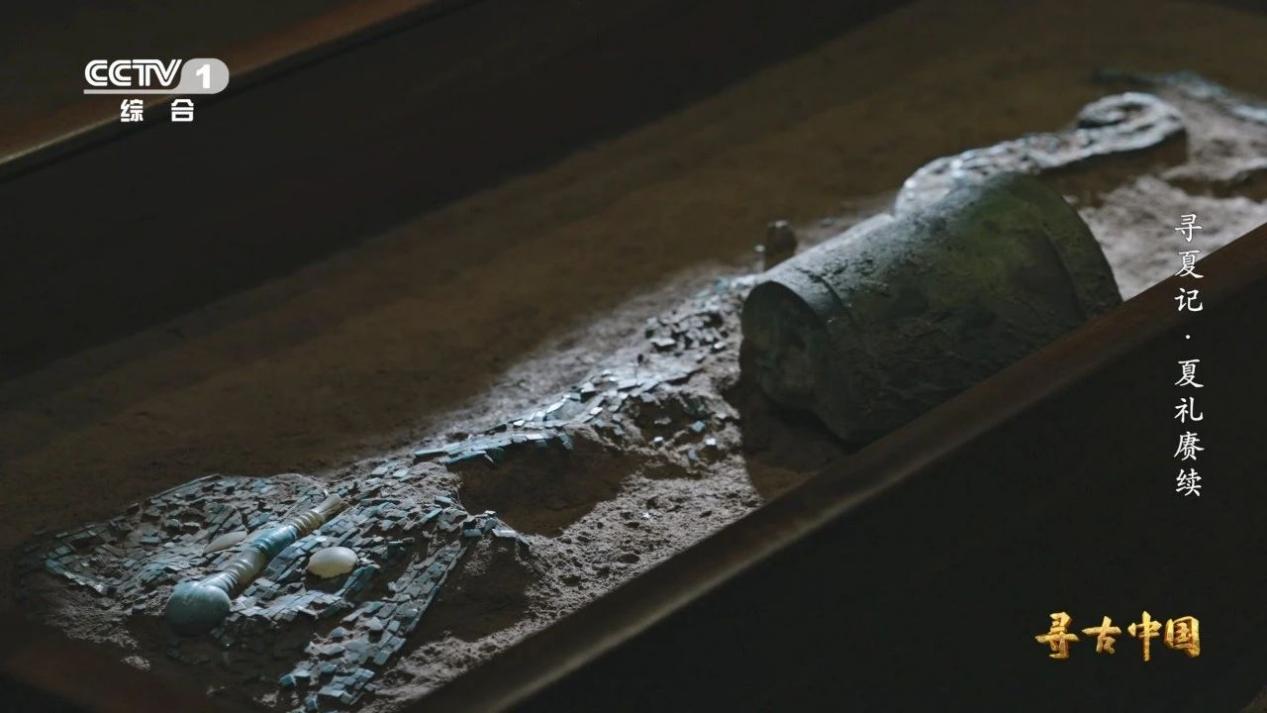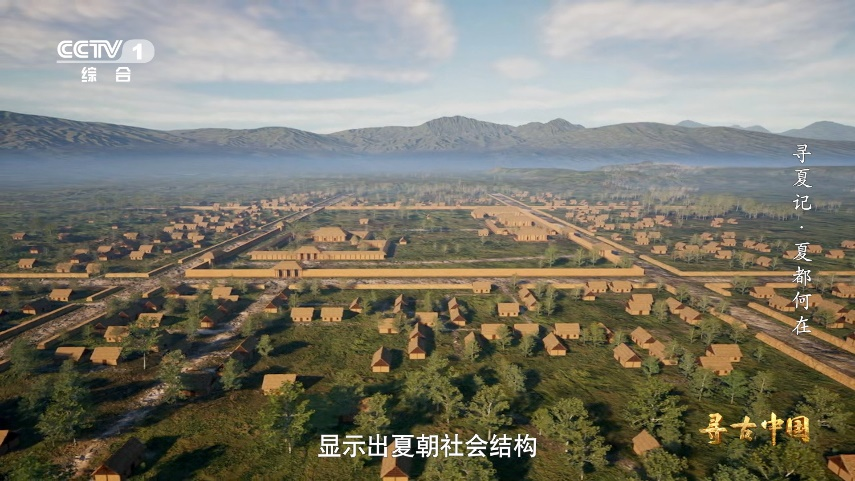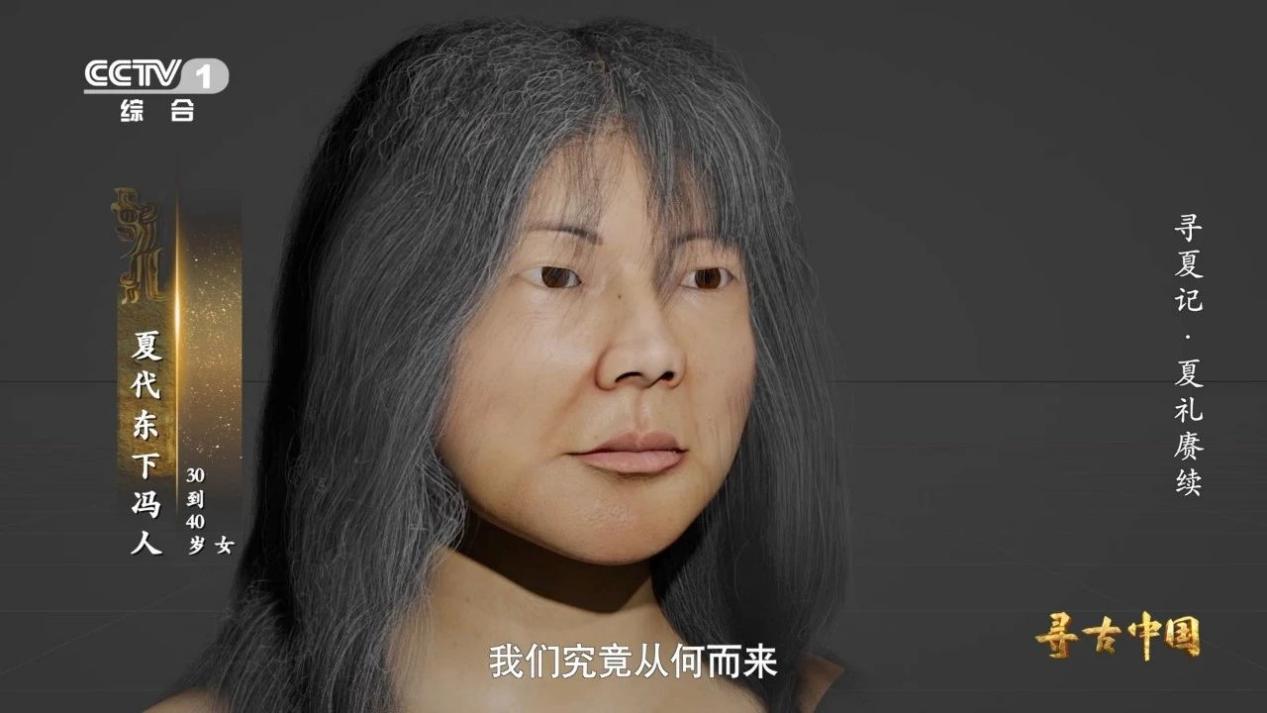
The large-scale documentary series "Looking for Ancient China·Looking for Summer", jointly produced by China Central Radio and Television and the State Administration of Cultural Heritage, will be broadcast on the CCTV Comprehensive Channel (CCTV-1) at 22:30 from December 21.

"Looking for Ancient China·Looking for Summer" poster
The 5-episode documentary focuses on the important archaeological excavations and latest research results of the Xia Dynasty by Chinese archaeologists over the past 60 years. It proves the true existence, duration, economic development, national governance, social system and cultural prosperity of the Xia Dynasty, and reveals the formation of the Xia Dynasty. A mature form of ancient civilization that radiates cultural influence to all directions; the rise of Xia culture is an important symbol of Chinese civilization's transformation from diversity to unity, and has continued to influence China for thousands of years.
The Xia Dynasty was the "first dynasty" in Chinese history, and is recorded in almost all ancient literature and classics. However, where is the physical evidence of the ancient and mysterious Xia Dynasty? Why is it called a wide-area royal state? What kind of civilization has it created that has widespread and far-reaching influence? "Looking for Ancient China·Xunxia Ji" organically combines archaeological exploration with the study of historical documents, and solves historical mysteries one after another through numerous cultural relics, sites and documents.

Stills from "Looking for Ancient China·Looking for Summer"
The program systematically sorts out the little-known stories in the process of reconstructing the Xia Dynasty's authentic history by generations of Chinese archaeologists. Many of them are publicly disclosed for the first time, such as the precious photos and touching details of the 1977 Dengfeng Conference in Henan, which marked a turning point in Xia Xia archeology; From the Fengwang Chenggang ruins to the Wadian ruins in Yuzhou, Henan, the Xinzhai ruins in Xinmi, and the Erlitou ruins in Yanshi, various cultural factors from the land of China converged in the Central Plains, eventually giving birth to Erlitou represented by the cultural relics of the Erlitou ruins. Culture; from the mining at the Qianjin Raking Site in Wenxi, Shanxi, to the smelting at the Xiwubi Site in Jiangxian County and the Dongxiafeng Site in Xia County, to the casting and processing workshops at the Erlitou Site, it fully displays the archaeological research results of the bronze casting industry chain of the Xia Dynasty .

Stills from "Looking for Ancient China·Looking for Summer"
"Looking for Ancient China·Looking for Summer" provides the first in-depth interpretation of the turquoise dragon-shaped vessel unearthed from the Erlitou site. It is made up of more than 2,000 turquoise pieces of different shapes. Different from the dragon-shaped vessels unearthed before, which were basically C-shaped, it is a long jade dragon with horns and rhombus-shaped decorations. Some archaeologists believe that the image of the dragon in Chinese culture originated from the Erlitou Culture.

Stills from "Looking for Ancient China·Looking for Summer"
The Erlitou site is recognized by most archaeologists in China today as the capital site of the middle and late Xia Dynasty. In 2022, the archaeological team discovered for the first time that the two east-west roads in the north and south of Miyagi Castle in the ruins extend east to west respectively. There are rammed earth walls on both sides of the road that are in line with or parallel to the north and south walls of Miyagi Castle. This allows people today to better understand how the Xia people built this capital. The Erlitou site presents a rigorous grid structure and is divided into multiple square and regular grid areas, showing that the social structure of the Xia Dynasty was clearly hierarchical and orderly, and also hinted that there was a mature governance system and model at that time. It was the Xia Dynasty. The most important sign of entering a dynasty.

Stills from "Looking for Ancient China·Looking for Summer"
"Looking for Ancient China·Looking for Xia Ji" also publicly disclosed for the first time: The results of the DNA test of the Xia people's bones at the Dongxiafeng site by scientists today show that the genes of the Xia people's bones are more than 90% similar to the genes of modern Chinese people. It proves that the humans in the area ruled by the Xia Dynasty 3,800 years ago are our ancestors; based on Xia people's bones and genetic big data, experts also restored the appearance of a Xia Dynasty woman.

Stills from "Looking for Ancient China·Looking for Summer"
Continuing to deepen the creative concept of "ideology + art + technology", "Looking for Ancient China·Looking for Summer" uses new technologies such as "XR+" and large-scene 3D scanning to reproduce the scene of Dayu's patrolling the river and water control, restore and revitalize the palace city of the Erlitou ruins Cultural relics such as the cute pottery elephant trunk and turquoise dragon-shaped utensils make the Xia social scene more concrete and vivid.
China Central Radio and Television's new media platforms such as CCTV and CCTV.com will simultaneously broadcast "Looking for Ancient China·Looking for Summer" simultaneously with the CCTV Integrated Channel (CCTV-1).


